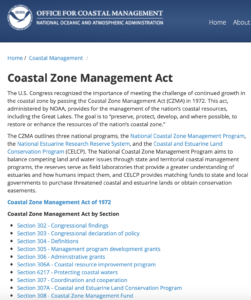Myth of the Hydrosystem: the safety of dams
In November of 2017, with the Hebgen Dam’s final phase of its $40 million upgrade and rehabilitation nearly completed, it now had the latest in safety and technological improvements. Despite being a state of the art facility, less than four years since those upgrades were completed, the Hebgen Dam malfunctioned in November of this year, and Montana’s famed Madison River, the state’s most popular fishery, had dried up.
A colleague of mine from American Rivers, Scott Bosse, witnessed the aftermath first hand.
I surveyed the damage earlier today and saw numerous side-channels that had dried up, stranding fish and exposing dozens of recently created brown trout redds (nests), especially in the reach between Hebgen Dam and Quake Lake. -Scott Bosse, Northern Rockies Director, American Rivers
In the early morning hours of August 2, 2019, the Barber Dam, Boise’s closest Hydroelectric project, malfunctioned, severely slowing the flow of the Boise River. This was the sixth instance in that year alone. The Barber Dam has an automatic alert system in case the powerhouse gets shut down; however, that system has also failed. Less than 50 years ago, the Teton Dam failed, sending water cascading at over a million cubic feet per second and walls of water over 30 feet high, destroying the towns of Rexburg and Sugar City, and killing 11 people.
The historical record of dam building in the US shows that dam malfunctions and failures are a frequent occurrence. Dam failures that result in an uncontrolled release of water average 10 per year, and while you may attribute this to old technology, the decades with the greatest number of failures were the 1990s, 2000s, and 1970s. The 1980s and 2010s round out the top 5. The age of dam with the greatest failure rate was 10 years old.[i]
Despite frequent failures, malfunctions, and loss of life and property, we have witnessed several states, including Idaho, pass laws that weaken restrictions on dams, and the federal level has followed suit under the guise of “cutting through the red tape”, cutting environmental and regulatory protections through the licensing process. Idaho Rivers United has challenged many of these regulations, and this past year helped reverse the gutting of the 401 process (Clean Water Act provisions) of the licensing process.
While many dams play a necessary role in providing for human health and safety, we’ve often allowed projects to be built or relicensed without the proper scrutiny. The hydropower myth allows ecological and social factors to be compromised through adherence to best practice standards or technological measures without thorough analysis of the suitability or implementation of these standards. These compromises can cause devastating impacts, such as the Hebgen Dam malfunction and Teton Dam failure, that can reset the ecological trajectory of these river systems downward for generations.
[i] Dam Failures in the U.S., Sept. 2018, National Performance of Dams Program, Dept. of Civil & Environmental Engineering, Stanford University


